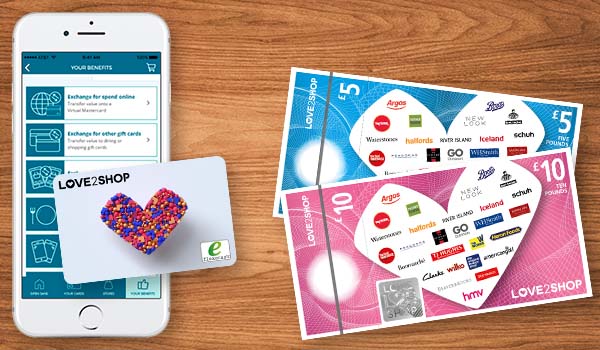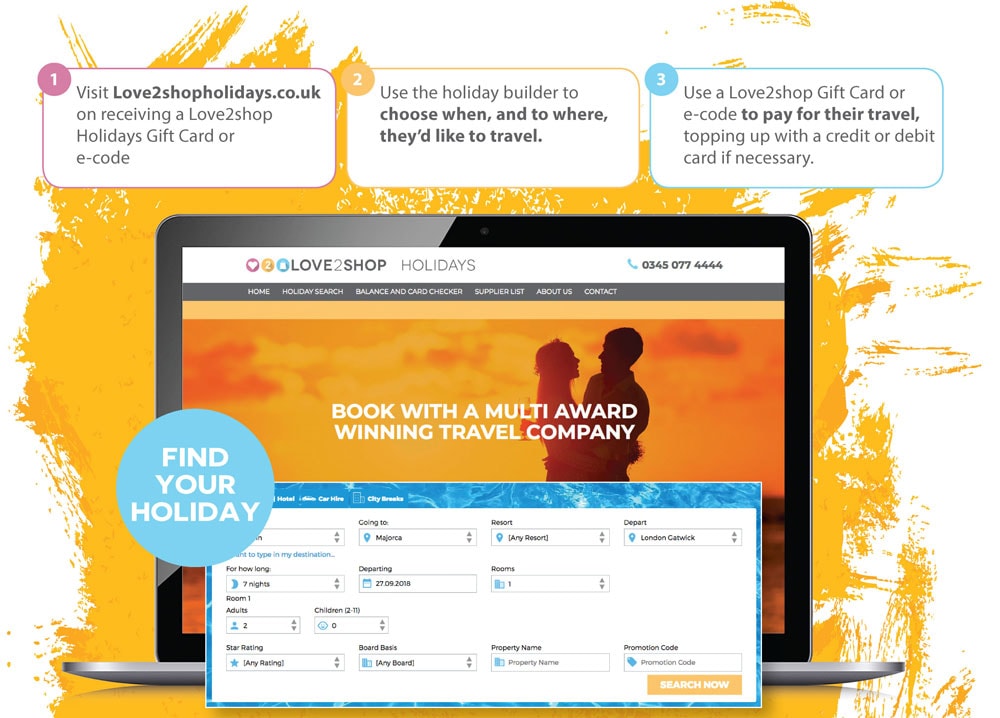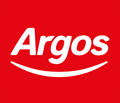7 easy tricks to improve employee long service awards
Most employee long service award schemes, if they even exist, are not great. And that’s us being polite.
They’re mostly poorly managed, badly executed afterthoughts. Very few companies give their service awards the proper attention.
Even fewer back that up with the right rewards.
No one really wants to hear that. But it’s the ugly truth of most longevity awards.
Whether you have no formal long service award scheme, or you have a feeling your scheme is lagging behind, you’re in the right place.
Read this blog and get a grip on how to schedule, structure and fulfil your employee long service awards.
Balance your service awards
 A lot of long service award schemes were designed with a funny definition of “long service” in mind.
A lot of long service award schemes were designed with a funny definition of “long service” in mind.
They don’t start until 10, or even 20 years. And the rewards are loaded closer to the 30 year mark of service.
The problem is, it’s much less likely these days that an employee is going to last 20 years or more in one business. That means it’s a bit of a baked-in defeat to start your service awards in multiples of decades.
Your employees are unlikely to be starting at your company with 20-30 years of service in mind. More than likely, they don’t think they’ll ever reach ten years with a company. Let alone 20.
And, what’s more, we know that modern staff are more hungry for immediate recognition than previous generations.
Young staff expect to hear some recognition after just one year of service.
Instead of hoarding your awards for the longest service, spread the same budget over five-year periods.
You’ll be satisfying the expectations of younger employees, and getting more short-term benefit from the scheme.
Equality in recognition
On a more serious note, spreading your rewards around avoids any suggestion of discrimination.
Older employees, closer to retirement, are unlikely to be in the company for 20 years. It would be impossible for them earn the same rewards as younger staff.
Focus on more frequent recognition for loyal service, and a more even distribution of rewards in employee long service awards.
Move away from cash
 It’s always tempting to look to cash. Whether that’s a long service award, an incentive, or a general employee reward.
It’s always tempting to look to cash. Whether that’s a long service award, an incentive, or a general employee reward.
Good old cash is always there. Reliable, familiar. And kind of boring, if we’re honest.
Employees will often ask for cash, but try to look around that. They ask for cash not because it will be a thrilling treat, but because money is one of the most pressing concerns in just about everyone’s life.
We’ve written a longer explanation of this before, but cash just doesn’t do the same job as non-cash rewards.
It doesn’t grab us in the same way, and it doesn’t feel like a “gift” like rewards do.
Financial stress
Financial stress is a genuine problem in the UK’s workforce. It might seem counter-intuitive, but that’s a great reason to keep your rewards non-cash. Ask yourself – why would you choose the greatest source of stress in someone’s life as a way to show your gratitude?
A one-off long service award payment isn’t going to alleviate any problems your staff have with money-related stress.
In fact, more money might not address the problem at all – a significant amount of higher-earning staff have reported financial stress that effects their productivity.
Your employees’ long service awards are an expression of gratitude and joy. How you choose to reward staff has to reflect that intention.
By going with a non-cash option, your staff have to take up something that really feels like a trophy.
Rewards for employee long service
As we pointed out earlier, when you give out rewards for employee longevity, they become trophies. Once you put cash to one side, a whole world of possibility opens up.
Reward staff with:
- Watches
- Tech
- Gift cards
- Certificates
- Reward codes
- Special meals
- Travel
- VIP experiences
It should go without saying, but that list is nothing close to exhaustive. You need to make choices by considering what’s special to your employees.
Multi-choice rewards, like gift cards and codes, make it easier. They let employees choose for themselves. Our Love2shop Gift Card, for instance, offers your staff access to everything from high street shopping to an international holiday.
Put a price on the value of loyalty
Scaling the value of service awards over time is always a sticking point for an employee long service award scheme.
For a sense of scale, start with the simple pricing guide below.
It keeps things pretty simple, and it’s based on surveys of what other companies have used for rewards.
- 3 years
- £25
- 15 years
- £300-£400
- 5 years
- £100-£140
- 20 years
- £400-£500
- 10 years
- £150-£270
- 50 years
- £500-£1,300
As you can see, it’s extremely simple. Jostle and jiggle the figures to get what you want, and what suits your budget.
But remember that the money isn’t really the focus. Like we’ve said in other posts, it’s really more about the humanity behind the numbers.
Shout about staff loyalty
 We’ve mentioned before that the recognition for employee long service should start after one year.
We’ve mentioned before that the recognition for employee long service should start after one year.
The table we showed you above only focuses on the big milestones. Every employee anniversary should come with some kind of recognition for their long service.
You should make an effort to recognise every year of employee service, not just the biggest milestones.
At the same time, when employees do stay with your company for five years or longer, make some fuss.
Acknowledge and thank them internally, whether that’s in a department meeting or an internal newsletter.
Presentation matters
 It’s not just what you do, it’s how you do it. Even the best employee long service awards need some context and a personal touch.
It’s not just what you do, it’s how you do it. Even the best employee long service awards need some context and a personal touch.
Your staff are humans, and the human touch amplifies the benefits you get from recognition and reward.
This is one of the reasons not to use a third-party outsourcing company to actually fulfill the rewards themselves. Being present when the recognition and reward are being distributed is valuable.
On top of that, when employees are passing milestones in double digits, your senior leaders should be involved in the presentation.
Not just as a feel-good gesture for employees, but as a demonstration of your company culture. To make it clear your leaders buy into the value of recognition too.
It’s not enough for employees to be important, you have to show employees they’re important.
Personalise rewards and recognition
Personalisation and care demonstrates your gratitude as effectively as the value of your awards themselves.
Taking the time to customise and personalise shows employees that you care. The thought, and the effort, really do count.
However you choose to approach your long service awards, take the time to make it personal.
Show, through words and deeds, that your staff matter to you.
Keep the tax man happy
Remember that your spending on recognition and rewards is subject to tax once it crosses £50 in a financial year.
Stay on the right side of HMRC. Talk to your finance department, or read more here if you don’t have anyone to hand with tax experience.
Measure the effects of employee long service awards
 If you want to measure the benefits of employee long service awards, talk to your workforce.
If you want to measure the benefits of employee long service awards, talk to your workforce.
Ask your employees what they’re thinking, and give your staff a chance to tell you how they feel.
Ask them if they think the company values loyalty. And ask if they think the company does enough to recognise and celebrate the company’s most loyal staff. This could be as part of a wider employee survey, or a quick pulse survey.
As a side note: You should be asking employees every year about their wider employee experience anyway.
Asking about your approach to long service should dovetail nicely with your other employee service efforts.
Read the results
Let’s keep it simple. Look for an improvement in sentiment about your internal approach to long service.
Remember what we said about service recognition being done, and the need for recognition to be seen. If you want to change how your staff think about their years of service, you need to make an effort to show your staff you value their tenure.
To see any significant changes, you will have to make sure your management get on board. They need to recognise and embrace the need for long service recognition. Then make the time to do it properly.
Retention is the big one
As we’ve pointed out before, poor retention costs thousands. If not tens of thousands. And employees become more valuable to a business the longer they stay.
Losing one skilled employee could cost your business up to £30,000, and in 2013 voluntary turnover cost the UK over £1bn.
*Oxford Economics, Brain Drain, 2014
Increasing retention by recognising long service is one of the biggest outcomes you can hope to generate with better employee long service awards.
If you’re not sure, ask
If you have questions about your long service awards, ask. We’re always happy to talk.
Call us with the number at the top and bottom of the page, email us, or use our live web chat.









 Love2shop Gift Cards can be spent directly on the
Love2shop Gift Cards can be spent directly on the 

 Flu shot rewards aren’t just useful for medical teams. You may have employees with immune systems issues. Or a vulnerable condition like asthma, COPD or diabetes. You might also have pregnant staff, or workers over the age of 65.
Flu shot rewards aren’t just useful for medical teams. You may have employees with immune systems issues. Or a vulnerable condition like asthma, COPD or diabetes. You might also have pregnant staff, or workers over the age of 65. Our clients tend to fall into two broad categories. Spread a budget out over your staff as individual rewards, or put all the funds in one place as a lottery. Which one you choose depends on the needs of your staff.
Our clients tend to fall into two broad categories. Spread a budget out over your staff as individual rewards, or put all the funds in one place as a lottery. Which one you choose depends on the needs of your staff.
 We reflect our clear definition of engagement in our work. What we do helps businesses generate that sense of emotional investment.
We reflect our clear definition of engagement in our work. What we do helps businesses generate that sense of emotional investment. Reloading plastic gift cards is the crux of our Everyday Benefits (EDB) service.
Reloading plastic gift cards is the crux of our Everyday Benefits (EDB) service. Our Member Benefits card is the customer-facing version of the Everyday Benefits card. Rewarding your customers for their positive behaviour has two benefits:
Our Member Benefits card is the customer-facing version of the Everyday Benefits card. Rewarding your customers for their positive behaviour has two benefits:

